Discover the Crucial Importance of Safety Switches for Your Home's Protection
Without safety switches, also referred to as RCDs or Residual Current Devices, your home is left vulnerable, lacking an essential automatic defence mechanism against electric shock. In situations of electrical failures, the power may not disconnect quickly enough, which can result in serious injuries or devastating fires. In Victoria, it has become a legal obligation to install safety switches for all final circuits in residential properties, greatly enhancing safety and reducing the risk of accidents.
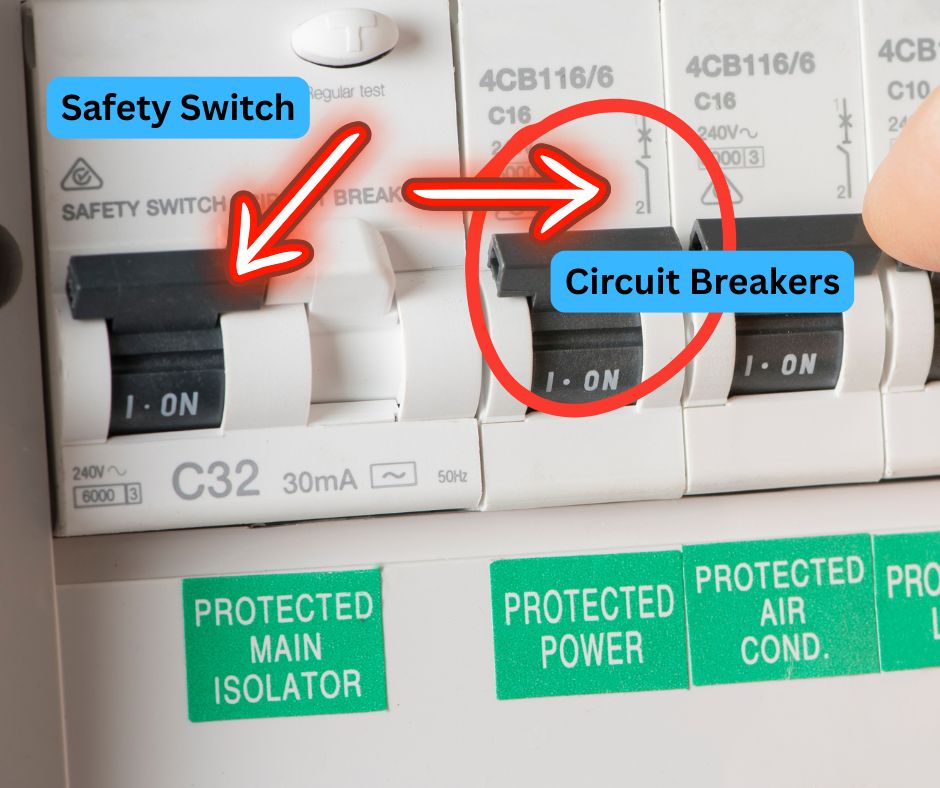
Unveiling the Functionality of Switchboards and the Critical Role of Safety Switches
Safety switches serve as vital elements within your home’s electrical infrastructure. If your switchboard is devoid of these essential protective devices, you are significantly jeopardising your safety. This issue is particularly evident in older homes located in areas such as Footscray, Braybrook, and Yarraville, where many long-term residents have not modernised their electrical systems for many years. Although older fuse boxes equipped with ceramic fuses, cotton-wrapped wiring, or basic breakers may continue to operate, they fail to offer sufficient protection against electric shock or other electrical dangers that could threaten you and your loved ones.
Grasping the risks associated with antiquated electrical systems is essential to safeguarding your household effectively.
1. Understanding What a Safety Switch Is and Its Operational Mechanism
A safety switch, commonly known as a Residual Current Device (RCD), continuously monitors the flow of electricity in real-time. When it detects a current leak—such as from a damaged wire or an individual inadvertently coming into contact with electrical current—it will disconnect the power within milliseconds. This swift response is what makes safety switches indispensable for averting serious accidents. Unlike traditional fuses and circuit breakers that trip due to overcurrent, safety switches activate in response to hazardous situations, prioritising your safety and well-being.
2. A Simple Guide for Checking Safety Switches in Your Home
To ascertain whether your switchboard is fitted with safety switches, you should open the panel and search for specific indicators, including:
- Labels stating “Safety Switch”
- Labels indicating “RCD”
- A TEST button located on the circuit breaker
Should you find no test button on any of your breakers, or if your switchboard is still utilising ceramic fuses, this suggests that you lack RCD protection installed in your home. This critical information is further elaborated upon in our detailed Switchboard Upgrade Services.
3. A Comprehensive Look at the Dangers of Not Having Safety Switches Installed
Increased Risk of Severe Electric Shock
In the absence of a RCD, the risks escalate considerably. If a live wire comes into contact with an individual or a conductive surface, the electrical current remains active. This situation is exceedingly perilous, as neither the fuse nor the breaker will trip quickly enough to avert a serious electric shock, resulting in a potentially life-threatening scenario.
Inadequate Protection Against Appliance Failures
When appliances such as a defective toaster or washing machine begin to leak current, they can energise surrounding metal surfaces, leading to severe injuries. Fortunately, RCDs are specifically engineered to promptly detect these hazardous faults, providing necessary protection and potentially saving lives.
Non-compliance with Modern Safety Standards
All homes constructed or renovated after 1991 in Victoria are mandated by law to have safety switches installed on power circuits. As of 2007, this requirement has also extended to include lighting circuits. For comprehensive guidelines, please refer to the documentation provided by Energy Safe Victoria.
4. Identifying Signs Indicating Your Switchboard Is Outdated and Unsafe
- Absence of “TEST” buttons on breakers
- Presence of outdated ceramic fuses
- Power outlets emitting buzzing noises or feeling warm to the touch
- Only a single circuit supplying power to the entire household
- Insufficient space available for adding extra breakers
- Frequent flickering lights or tripping circuits when multiple appliances are in use
If you observe any of these concerning signs, we strongly recommend visiting our switchboard service page. Our expertly trained team is equipped to conduct a thorough inspection of your switchboard and provide you with a detailed quote on the spot.
5. Our Comprehensive Approach to Upgrading Your Switchboard for Maximum Safety
Throughout our thorough upgrade process, we will:
- Conduct a meticulous inspection of your existing switchboard and electrical circuits
- Remove any outdated ceramic fuses or breakers
- Install advanced RCBOs that integrate both circuit breaker and safety switch functions
- Label every circuit clearly for easy identification and access
- Issue a Certificate of Electrical Safety upon the successful completion of the upgrade
- Coordinate any necessary temporary power shutdowns to ensure safety during the process
Additionally, we can strategically divide lighting and power across separate circuits, significantly enhancing both the safety and efficiency of your home’s electrical system.
6. Assessing Whether You Need a Complete Switchboard Replacement
In most instances, the answer is indeed affirmative. Merely adding safety switches to an older switchboard may not be the safest or most effective remedy. We frequently recommend a full switchboard replacement if:
- You are still relying on rewireable fuses
- Visible signs of overheating or corrosion are evident
- You plan to add more circuits or electrical appliances
- Your insurance provider mandates a compliant switchboard for coverage
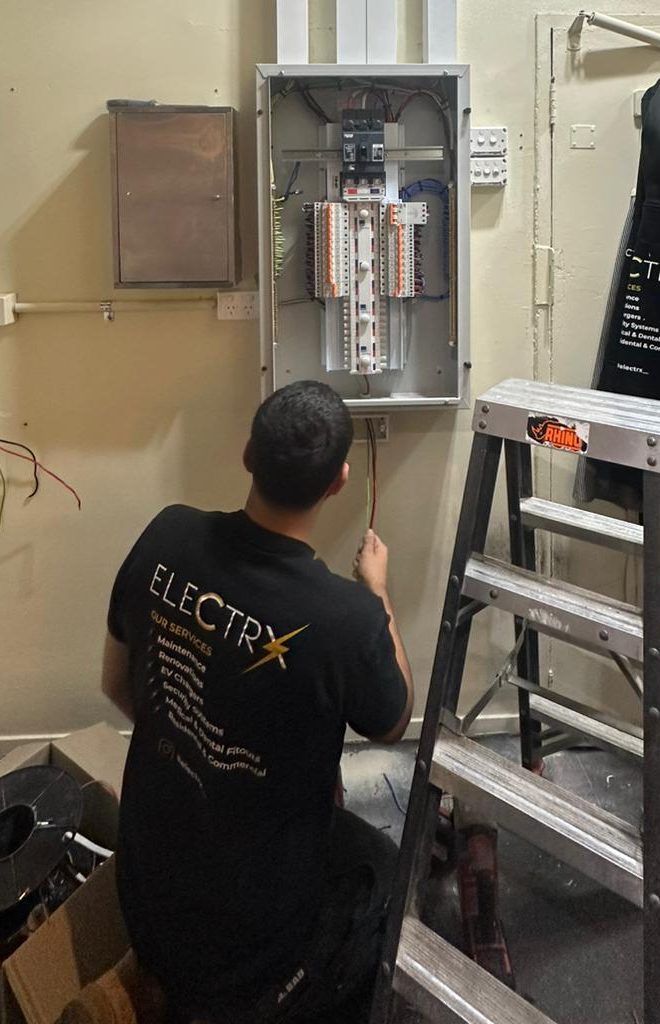
Frequently Asked Questions About Safety Switches and Their Importance
Are safety switches a legal necessity?
Yes, safety switches are legally required for all newly constructed homes and during major renovations. Older properties must have these devices installed whenever significant electrical work is undertaken.
How frequently should safety switches be tested to ensure they function correctly?
It is advisable to test safety switches every three months. Simply press the TEST button to confirm that it trips as expected. If it fails to trip, this indicates a malfunction, and you should promptly arrange for a replacement.
Can I retain my old fuse box and just add one RCD?
While it is technically feasible to do this, it is seldom recommended. Older fuse boards are not designed to cope with the demands of contemporary electrical circuits.
Will my power supply be temporarily interrupted during the upgrade?
Yes, there will be a temporary interruption to your power supply. However, we will endeavour to minimise downtime and coordinate with your energy distributor to ensure a smooth transition.
Upgrade Your Switchboard Today for Enhanced Safety and Compliance
Operating your home without safety switches exposes you to considerable risks associated with electrical faults. A single electrical fault could result in severe electric shock, fire hazards, or even more dire outcomes.
We specialise in upgrading your switchboard swiftly and effectively, ensuring it complies with all safety standards and is fully certified, so your home adheres to modern safety regulations rather than outdated practices.
Explore our Switchboard Upgrade Services in Melbourne for more detailed information.
No Safety Switches on Your Switchboard? Here’s Why That’s Not Safe
The Article: Safety Switches on Your Switchboard: Why They’re Essential first appeared on https://writebuff.com
The Article Essential Safety Switches for Your Switchboard Was Found On https://limitsofstrategy.com
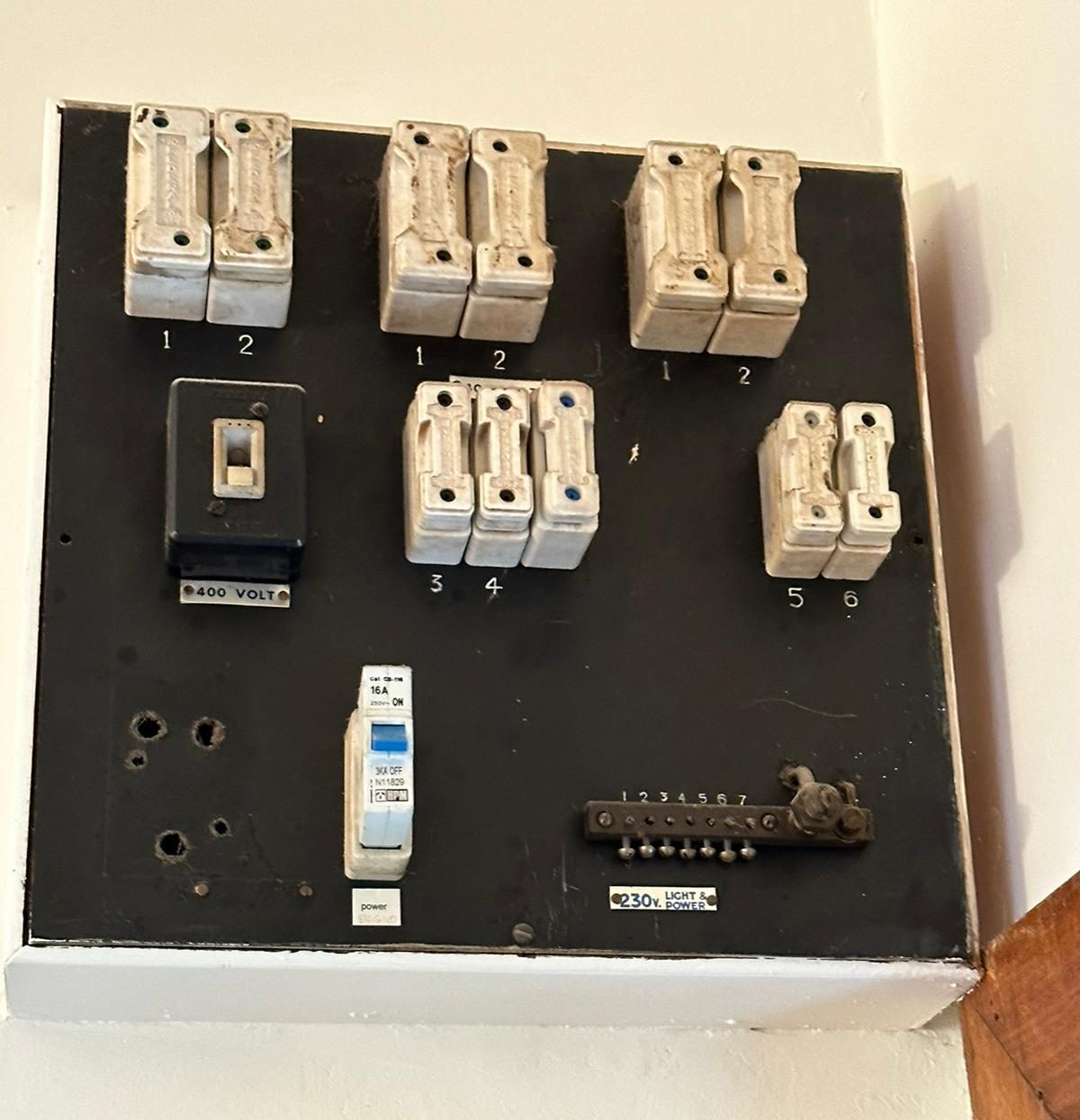
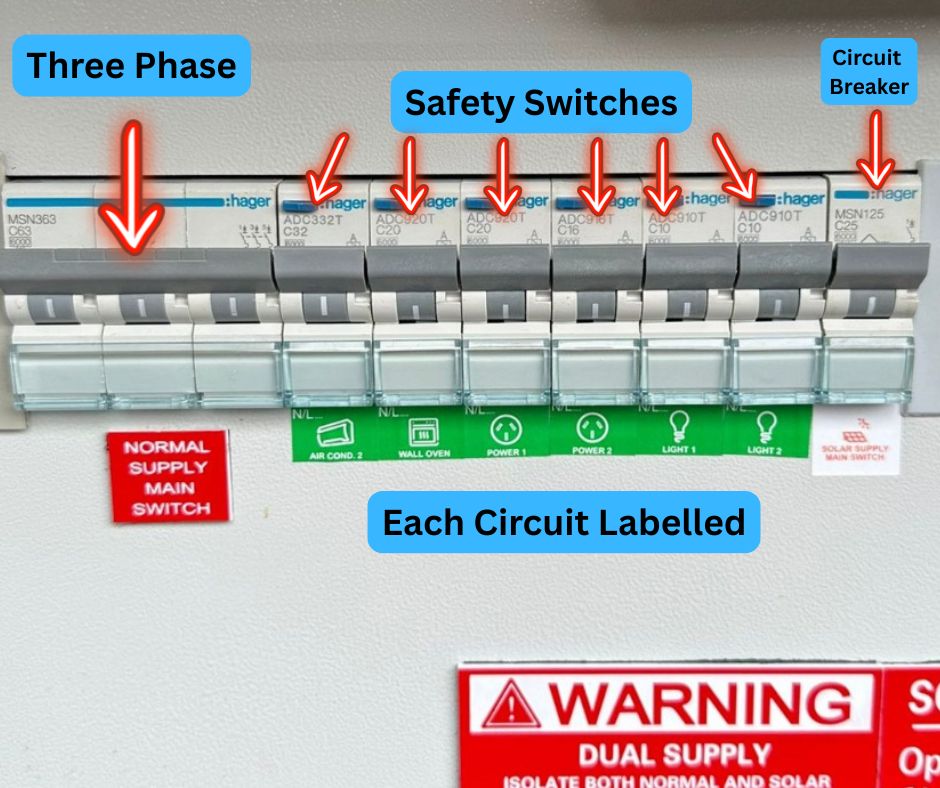

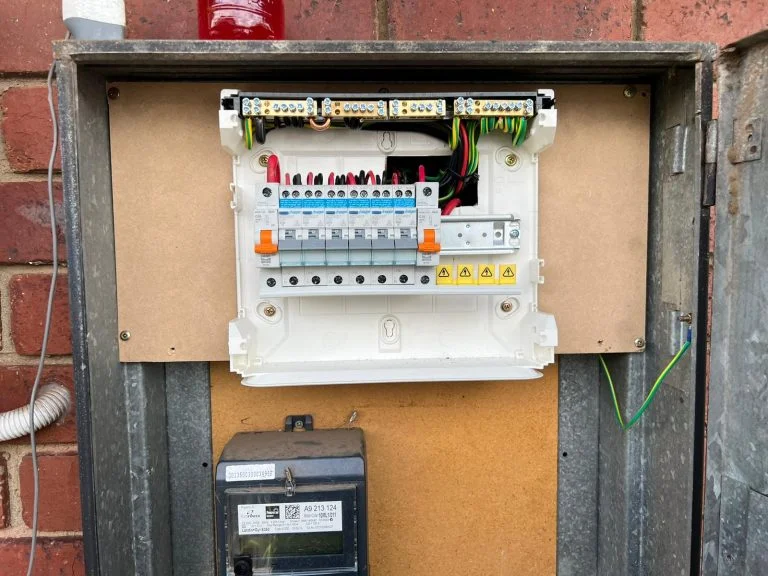



What an eye-opener! I never thought about safety switches as the unsung heroes of our homes—like the secret agents of electrical safety, quietly working behind the scenes. I imagine them wearing tiny capes, ready to save us from shocking situations (pun intended!).